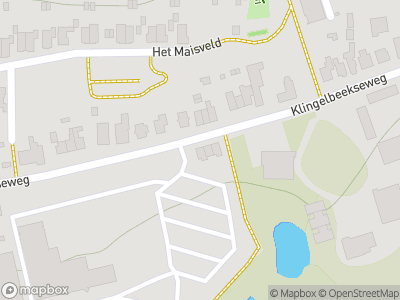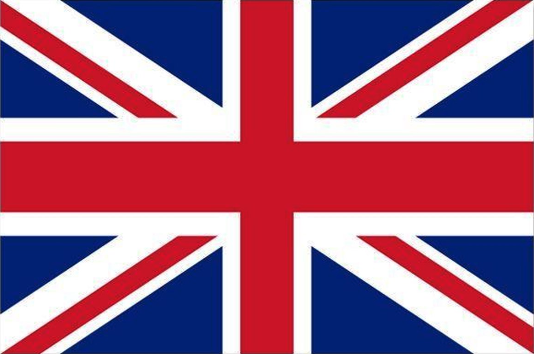The river Rhine near Arnhem played an important role during the Cold War.Should the threat of a Soviet invasion have escalated, its waters would have been blocked off using a movable floating dam. This would have diverted such a considerable amount of water into the river IJssel, that large areas would have been inundated, turning it into a modern equivalent of the Hollandic Waterline. Unfortunately, in just a few years, it proved unnecessary.
Movable dam
In the event of war, the Rhine could be blocked off by a large floating concrete structure called a caisson. The caisson was kept ready-in-waiting, moored in a special port. In utmost secrecy, numerous military structures were built on both sides of the Rhine. Access to most of these areas was strictly prohibited, whilst the caisson port remained very much visible to passing vessels. As a result, the dam was camouflaged using wooden grating and nets, with floating reed beds as a screen. Moreover, there was a total ban on photography, which was monitored by the military.
Command posts
Two command posts with two-metre thick walls were also constructed, taking 13 months. One of the command posts was built high up on the riverbank, disguised as a house the other was almost completely hidden in the hillside. In addition, other structures were given as much camouflage as possible. The bunkers were camouflaged using netting and the roads and large paved areas were painted dark colours, often in a pattern of short yellow stripes against a bronze-green background. Every effort was made to avoid detection.
Decommissioning
In the very same year that the IJssel Line was completed (1955), Germany joined NATO and the defence of Western Europe shifted east, to the Elbe River. This rendered the IJssel Line unnecessary. However, it wasn’t until 1964 that the waterline was officially decommissioned. Most fortifications were demolished, although quite a few have been preserved in Arnhem, such as the caisson port and two of the command bunkers. One of bunkers survived the ravages of time because it was used by KEMA as a laboratory after the Cold War.















